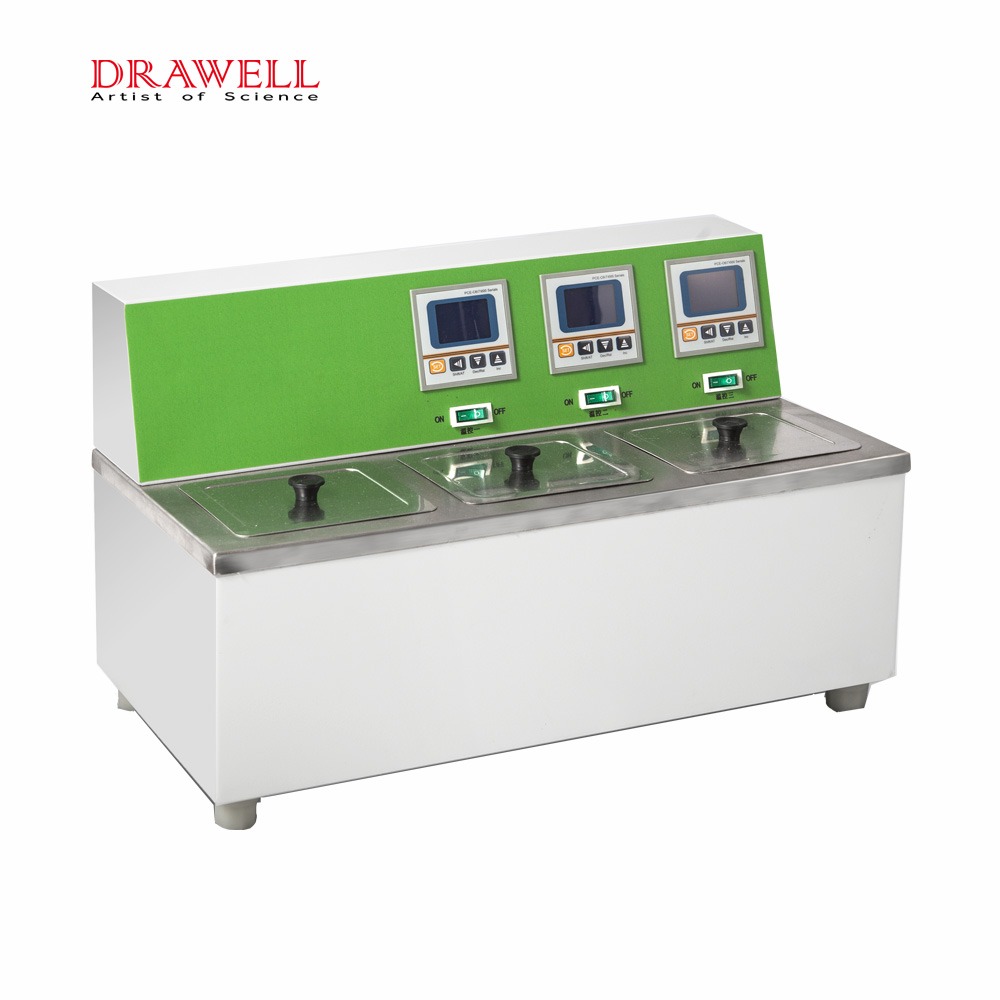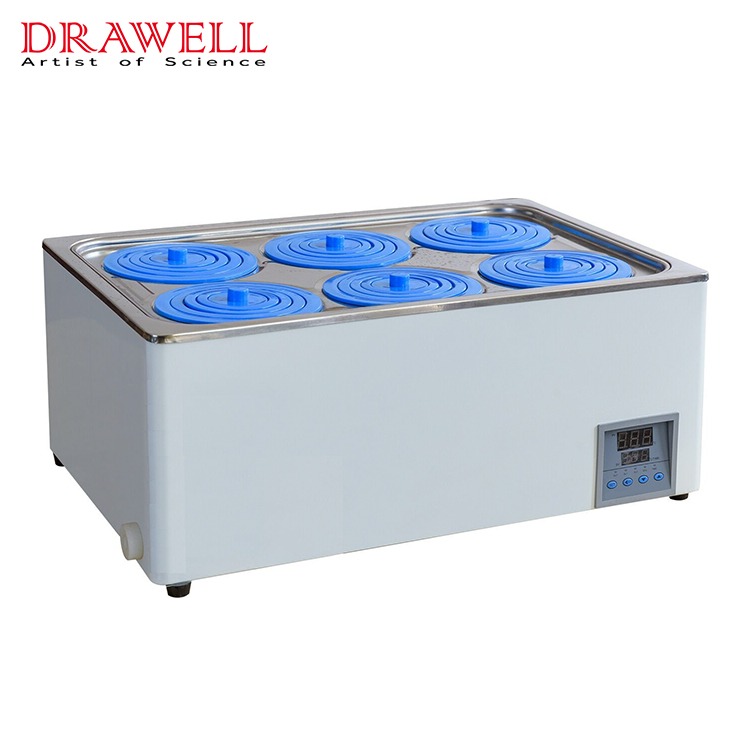Water baths are indispensable in laboratories, providing a controlled environment for heating, cooling and maintaining temperatures essential for various scientific and industrial processes. The advancement of rapid heating and cooling technologies has greatly enhanced their functionality, making them more efficient and versatile. This article explores how rapid heating and cooling technologies in water baths work, their enabling mechanisms, their significance in laboratory applications and their challenges.
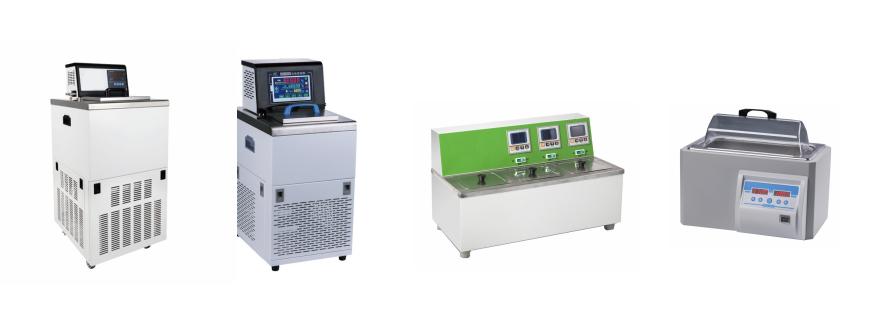
Why Rapid Heating and Cooling in Water Baths Are Important
Rapid heating and cooling in water baths are critical for modern laboratory applications where precise and timely temperature control is essential. These capabilities significantly improve the efficiency, accuracy and reliability of various processes, making them highly valuable across multiple scientific fields.
- Increased Efficiency and Speed: Rapid temperature adjustments allow for faster experimental turnaround. This is particularly beneficial in high-throughput labs where time-sensitive experiments, such as PCR (polymerase chain reaction) or enzyme reactions, require quick cycling between temperature phases.
- Enhanced Precision and Control: Processes that demand exact temperature regulation benefit from water baths capable of quick heating and cooling. Maintaining precise conditions ensures consistent results, which is vital for reproducibility in research and quality control in industrial settings.
- Improved Reaction Management: Chemical and biological reactions often need rapid temperature shifts to optimize reaction rates or halt processes quickly. Water baths with rapid heating and cooling capabilities can prevent unwanted side reactions and support controlled environments for sensitive experiments.
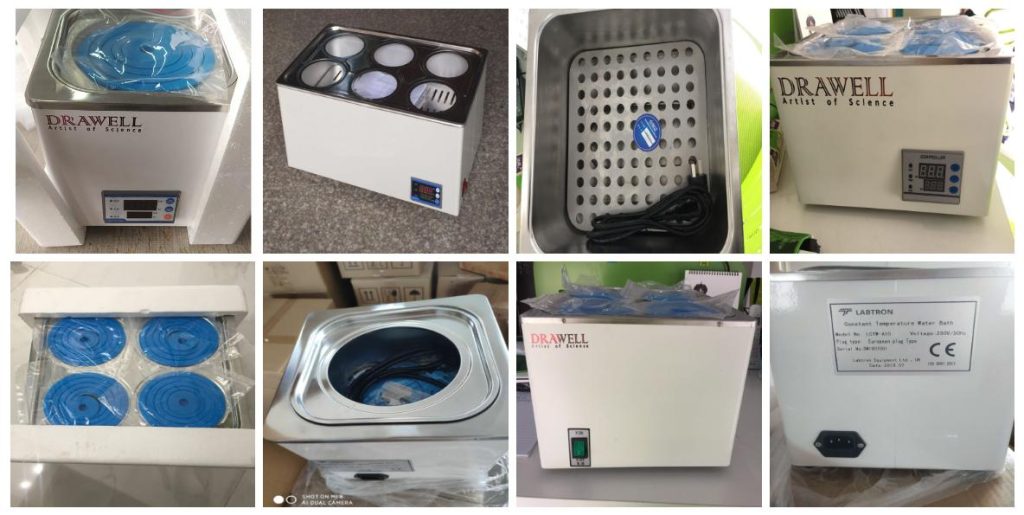
How Rapid Heating and Cooling Technologies in Water Baths Work
1. High-Efficiency Heating Elements
The core of rapid heating technology lies in the type and quality of heating elements used:
- Resistive Heating Elements: Traditional water baths use basic resistive heating elements that convert electrical energy into heat. Modern versions have improved in terms of energy conversion efficiency, allowing faster heat-up times and consistent temperature maintenance.
- Inductive Heating Technology: Some advanced water baths employ inductive heating, which uses electromagnetic induction to generate heat directly within the water or a conductive material. This technology allows for quicker temperature changes and more precise control.
2. Advanced Temperature Control Systems
Achieving rapid temperature changes requires more than just efficient heating and cooling elements. It also relies on sophisticated temperature control systems in water baths.
- Microprocessor-Based Controllers: Modern water baths feature microprocessor-based controllers that monitor and adjust temperatures in real-time. These controllers use sensors placed in strategic areas of the water bath to provide feedback, ensuring that heating or cooling occurs as quickly and accurately as possible.
- PID (Proportional-Integral-Derivative) Controllers: A PID controller is a type of feedback loop mechanism that fine-tunes the rate of temperature change by calculating the error between the desired and current temperature. This helps in reaching the target temperature faster and maintaining stability without overshooting.
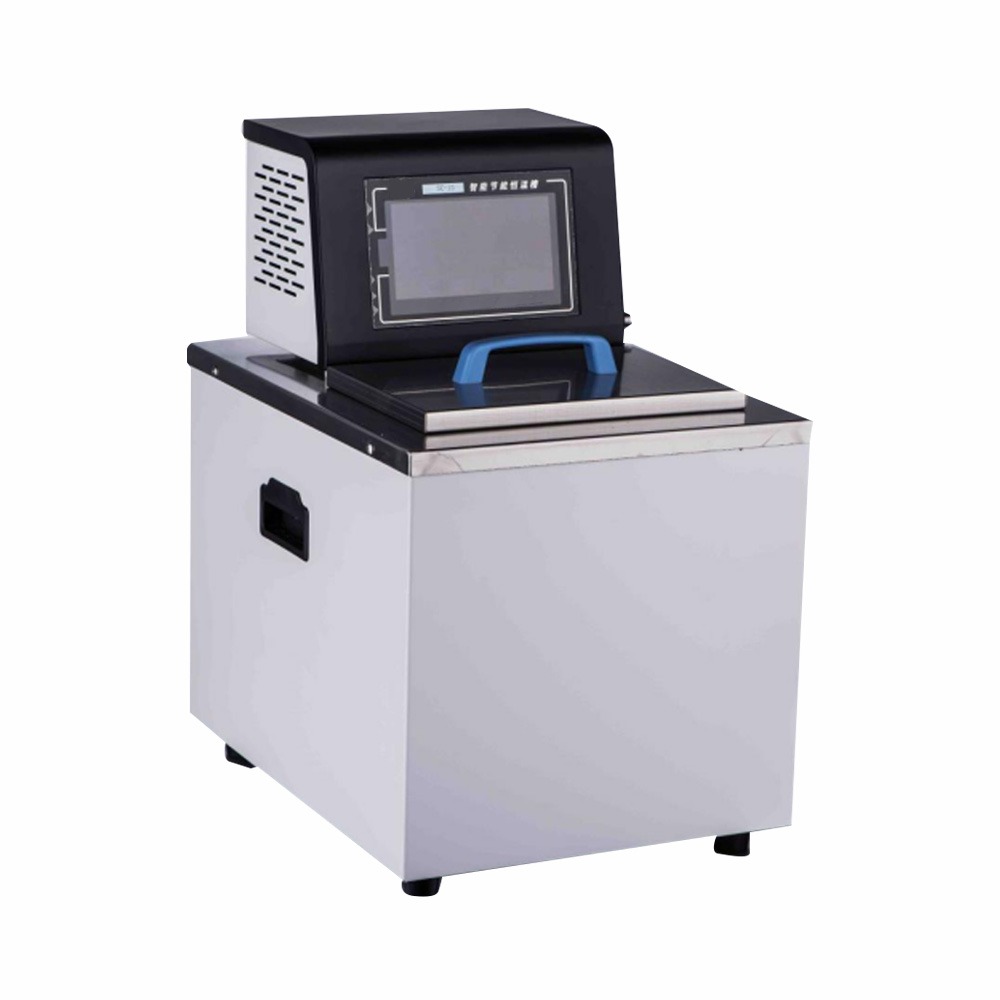
3. Efficient Water Circulation Mechanisms
Water circulation plays a significant role in how evenly and quickly a water bath can reach a specific temperature:
- Built-in Pumps: Many advanced rapid low-temperature cooling circulating bath incorporate pumps that actively circulate water. This constant movement allows cooling to be distributed more evenly throughout the bath, reducing temperature gradients and enhancing the speed of temperature change.
- Agitation Systems: Agitation systems within the bath help improve the homogeneity of the water temperature, making the heating or cooling process more uniform. This is especially useful for large-capacity water baths where temperature consistency is crucial.
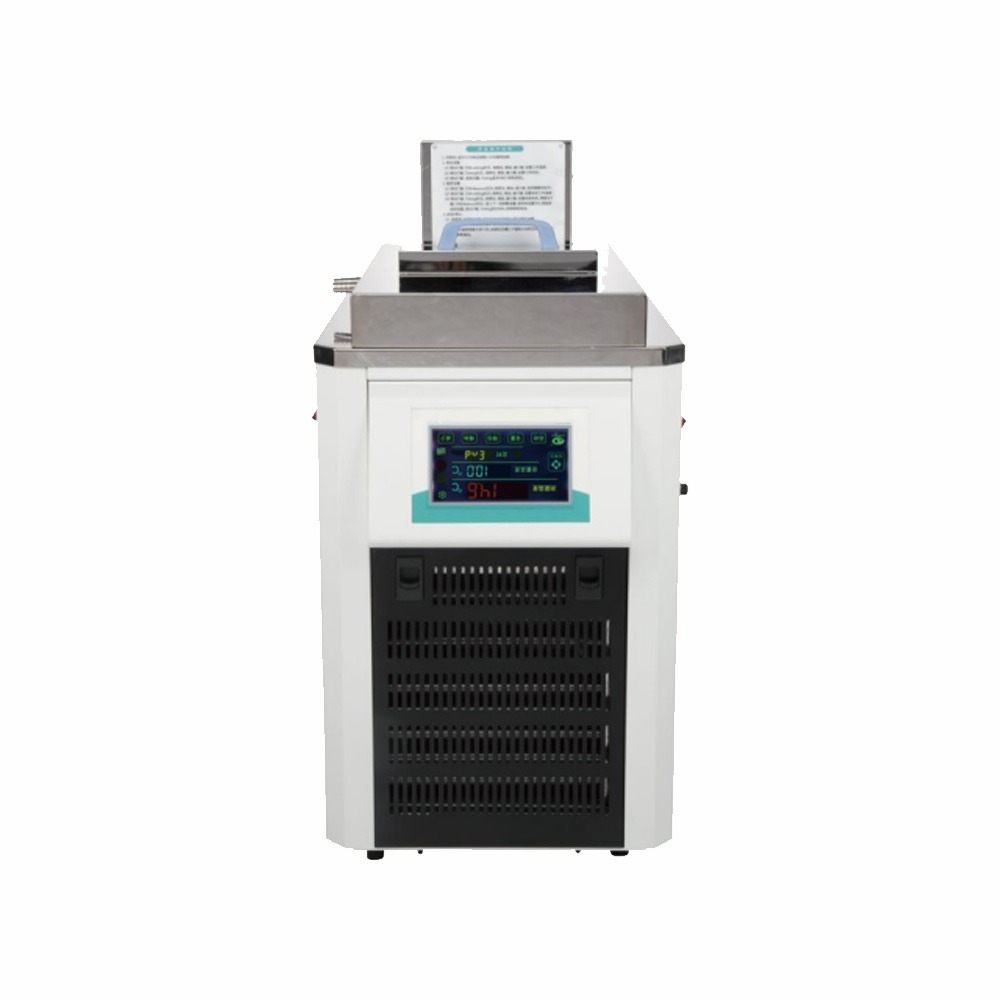
4. Cooling Technologies
Rapid cooling is just as important as rapid heating in certain applications, such as enzyme reactions or thermal cycling in molecular biology. The main technologies enabling rapid cooling include:
- Thermoelectric Peltier Devices: Peltier devices rely on the thermoelectric effect, where an electric current creates a temperature difference between two surfaces. This refrigerated thermostat bath allows for effective and compact cooling mechanisms in smaller or mid-range water baths. The absence of moving parts makes these systems quieter and less prone to mechanical wear.
- Refrigeration Systems: For high-capacity or more industrial water baths, refrigeration coils and compressors are used. These systems draw heat out of the water and release it externally, allowing for rapid cooling. Modern designs focus on energy-efficient compressors to reduce power consumption and improve environmental sustainability.
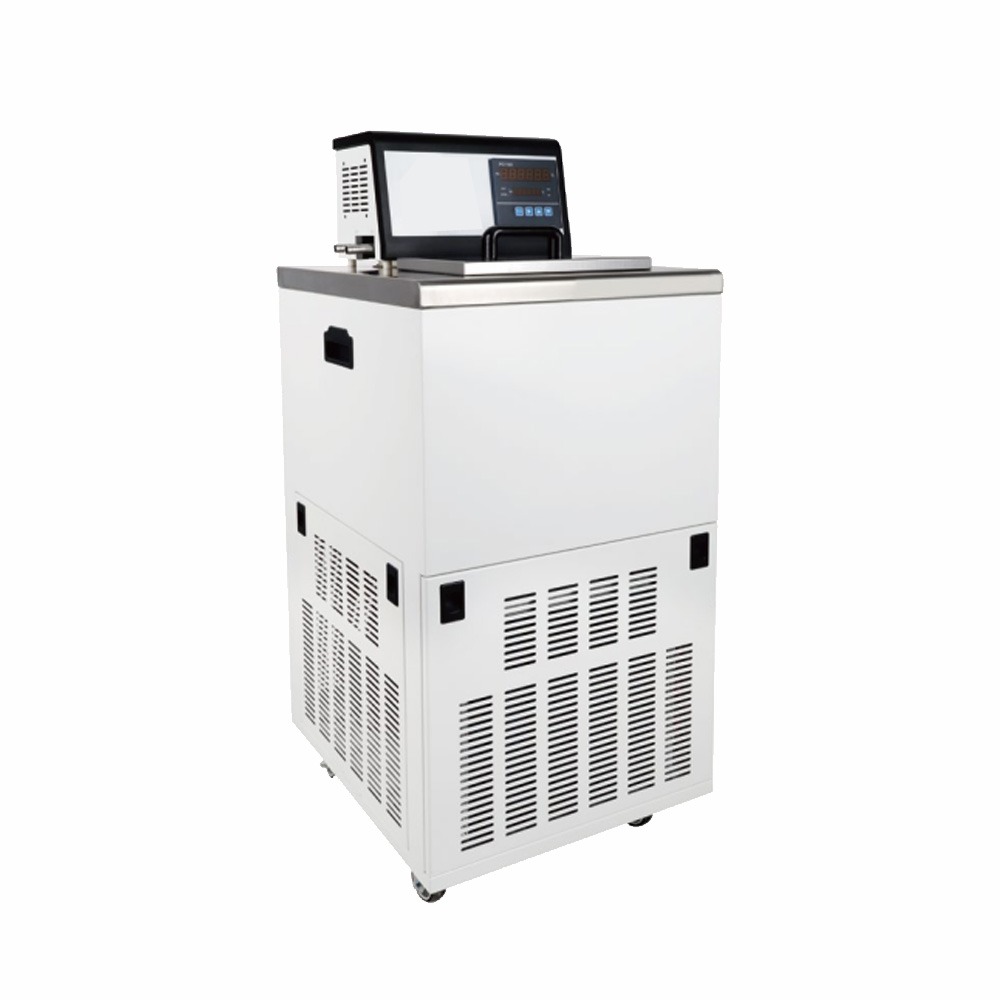
5. Hybrid Heating and Cooling Systems
Innovative refrigerated thermostatic water bath and heating circulators often feature hybrid systems that integrate both rapid heating and cooling capabilities. These dual systems are designed for seamless transitions between heating and cooling phases without manual intervention, ideal for temperature cycling applications. Hybrid systems are supported by advanced algorithms that optimize the heating-cooling cycle, minimizing delays and maximizing energy efficiency.
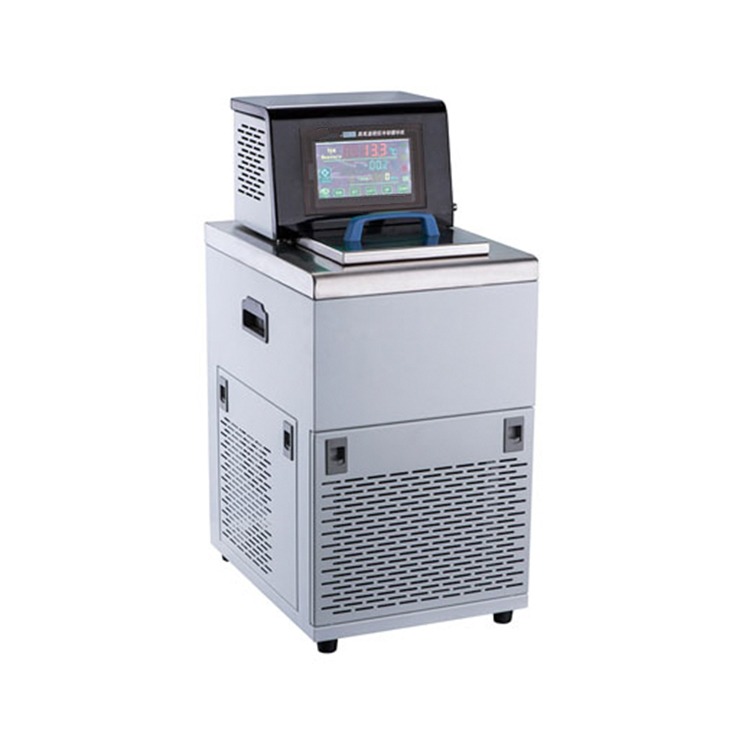
6. Energy Management Systems
Energy efficiency is a crucial factor in the design of rapid heating and cooling water baths. The following systems contribute to effective energy management.
- Intelligent Power Regulation: Some water baths are equipped with smart power regulation technology that adapts power usage based on the required temperature change. This ensures that the bath does not consume more energy than necessary, balancing performance and sustainability.
- Eco-Mode Settings: Advanced water baths often come with eco-mode settings that use a combination of lower energy inputs and temperature retention strategies to maintain temperatures without continuously running the heating or cooling systems.
Applications Enhanced by Rapid Heating and Cooling in Water Baths
The ability to switch quickly between different temperatures is vital in many applications, including:
- Biological and Molecular Research: Rapid heating and cooling allow for precise temperature control in processes like PCR (polymerase chain reaction), where samples undergo repeated heating and cooling cycles for DNA amplification.
- Chemical Reactions: For reactions that require quick changes in temperature, such as those involved in kinetic studies or enzyme activity measurements, a water bath with rapid heating and cooling capabilities improves the reliability and speed of experiments.
- Pharmaceutical Stability Testing: Rapid temperature adjustments are crucial for stability tests that mimic real-world conditions. Advanced water baths enable researchers to conduct these tests more efficiently, ensuring high throughput and accuracy.

Challenges Associated with Rapid Heating and Cooling in Water Baths
This chart outlines the challenges associated with rapid heating and cooling in water baths, emphasizing the need for balanced performance and careful management to ensure optimal operation.
| Challenge | Description |
| Energy Consumption | Rapid temperature changes require significant power, leading to higher energy usage and costs. |
| System Complexity | Advanced heating and cooling systems involve complex components, increasing the need for maintenance. |
| Temperature Overshoot | Fast temperature adjustments can sometimes lead to overshoot, affecting precision and sample safety. |
| Uniform Heat Distribution | Ensuring even temperature distribution can be difficult, impacting the consistency of results. |
| Component Wear and Tear | Frequent rapid heating and cooling cycles can cause wear on parts, reducing the lifespan of the system. |
| Initial Cost | Advanced systems capable of rapid temperature changes are more expensive to purchase and implement. |
| Calibration and Stability | Maintaining accurate calibration for consistent results can be challenging with quick temperature shifts. |
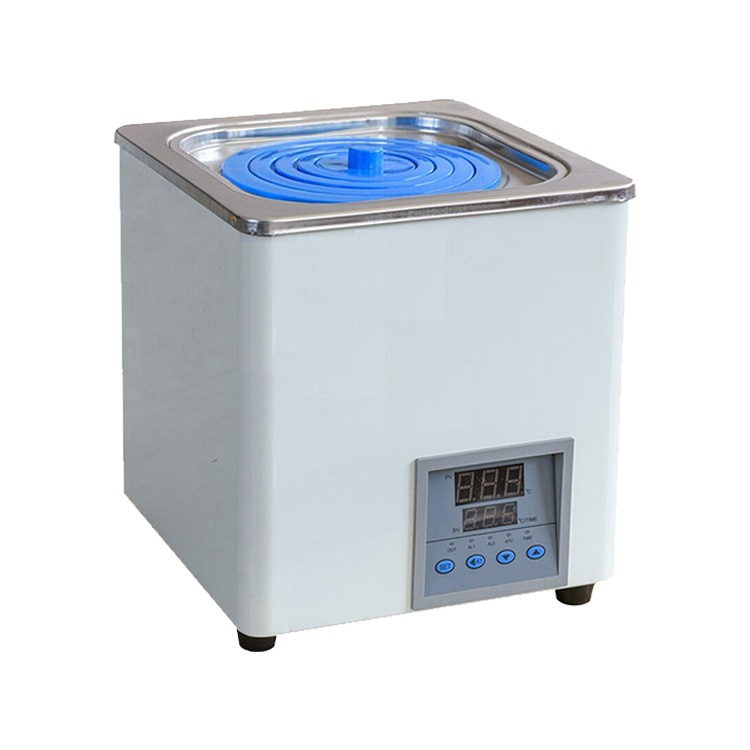
In summary, the integration of rapid heating and cooling technologies in water baths has transformed how laboratories conduct temperature-dependent procedures. High-efficiency heating elements, microprocessor-based controls, effective water circulation systems, etc, work together to provide precise and fast temperature changes, which allow researchers and professionals to perform complex processes with increased reliability and reduced turnaround time, making modern water baths indispensable in scientific and industrial settings.


